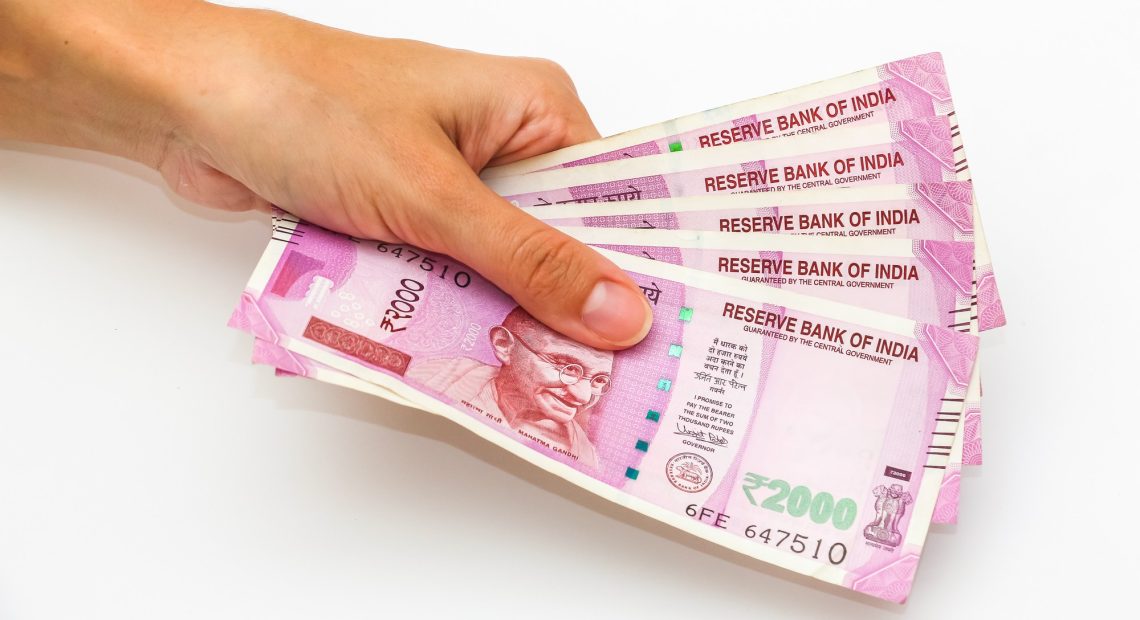
India Posts Q4 FY25 Surplus as Deficit Narrows to 0.6%
India recorded a sharp turnaround in its external balances in the final quarter of FY25, posting a current account surplus of $13.5 billion, or 1.3% of GDP. This is the country’s first quarterly surplus in over a year and reflects a significant improvement from the preceding quarter’s 1.1% deficit.
Strong Services and Remittance Inflows Power Surplus
The impressive Q4 figures were driven by robust net services receipts, which surged to $53.3 billion from $42.7 billion in the same quarter of the previous year. The increase was largely supported by demand for software, business, and professional services. Personal transfers, including remittances from Indian workers abroad, also contributed strongly, rising to $33.9 billion from $31.3 billion a year earlier.
Meanwhile, net outgo on the primary income account moderated to $11.9 billion compared to $14.8 billion in Q4 FY24, further helping tilt the balance into surplus.
Merchandise Trade Still a Drag
Despite gains in services, India’s merchandise trade deficit remained sizeable at $59.5 billion, slightly up from $52 billion in Q4 of the previous year. However, it marked an improvement from the steeper $79.3 billion deficit in Q3 FY25. The large trade gap continues to pose a structural challenge to India’s external account sustainability.
Weak Investment Flows Remain a Concern
While the current account saw relief, capital account flows were muted. Net foreign direct investment in Q4 slowed to just $0.4 billion, down from $2.3 billion a year ago. Foreign portfolio investors also pulled back significantly, registering a net outflow of $5.9 billion in the quarter, reversing the inflows seen previously.
FY25 Ends with Narrower Deficit
For the full fiscal year, India’s current account deficit narrowed to $23.3 billion or 0.6% of GDP, down from 0.7% in FY24. The improvement is credited to continued strength in service exports and stable remittance inflows. However, economic observers caution that the overall trajectory could reverse in FY26, with projections suggesting the deficit may widen to around 1.0–1.2% of GDP amid rising import bills and slowing financial inflows.


















